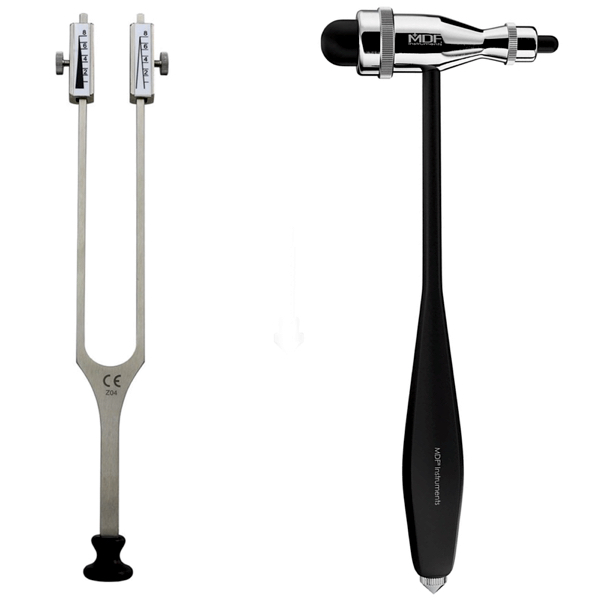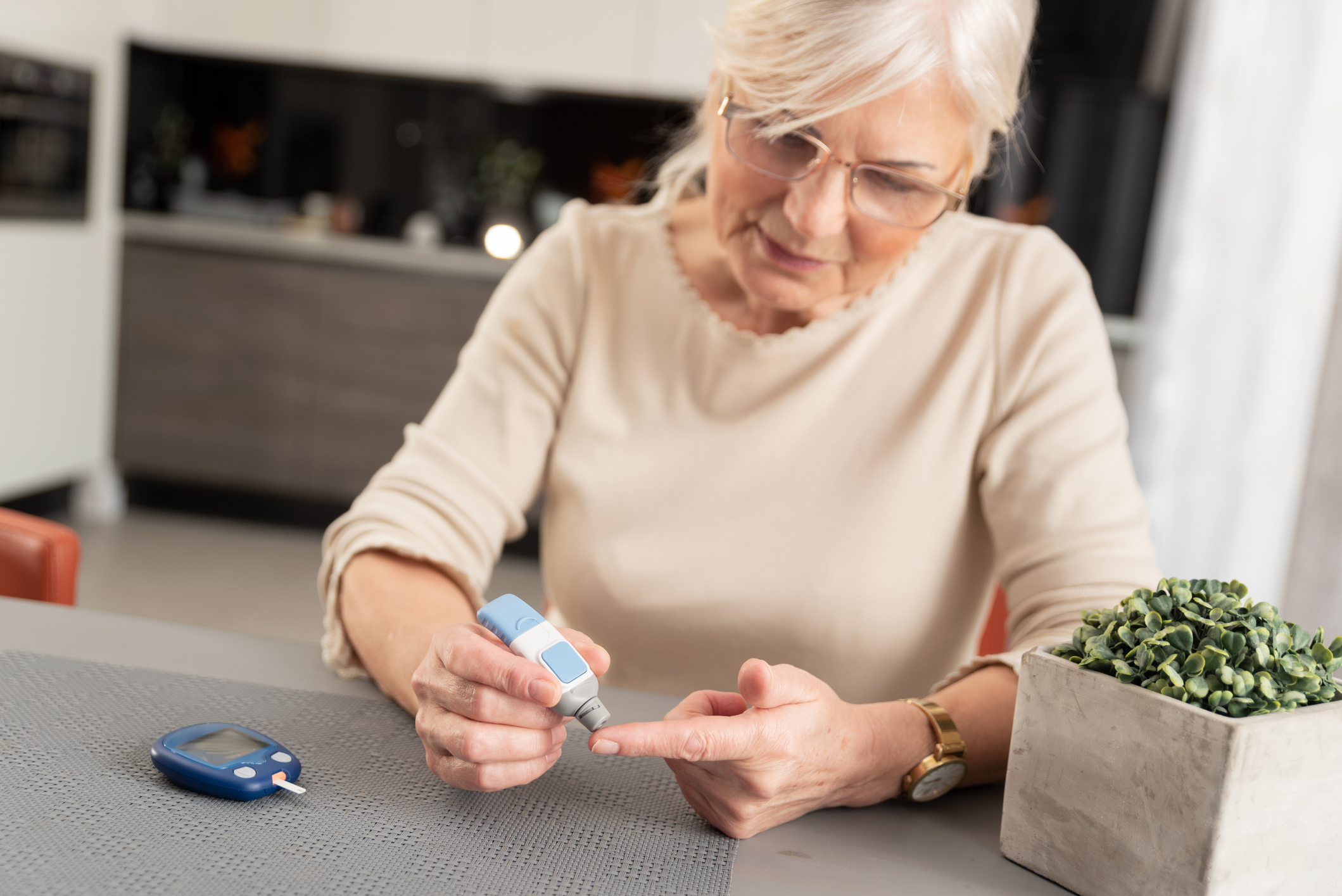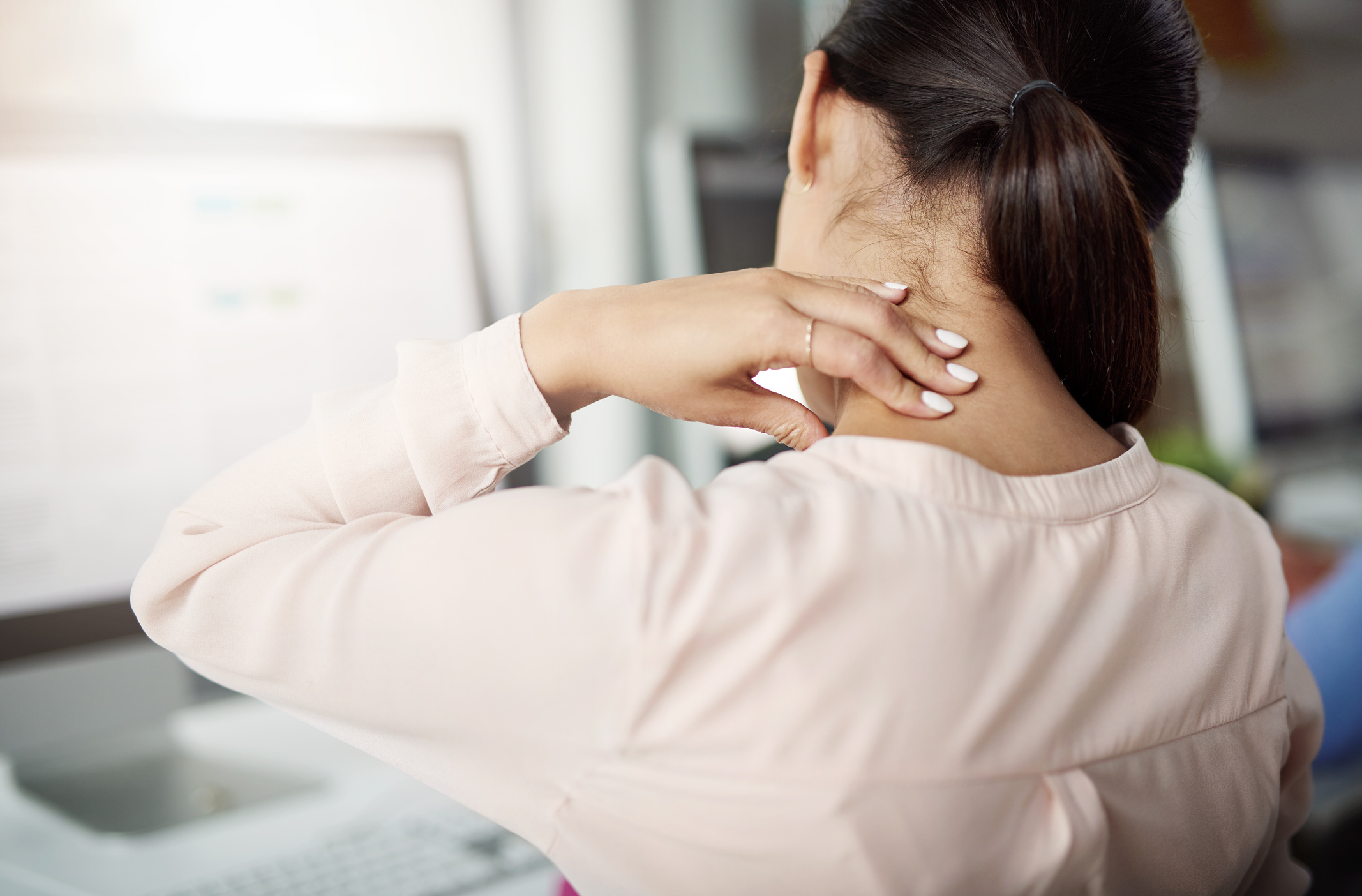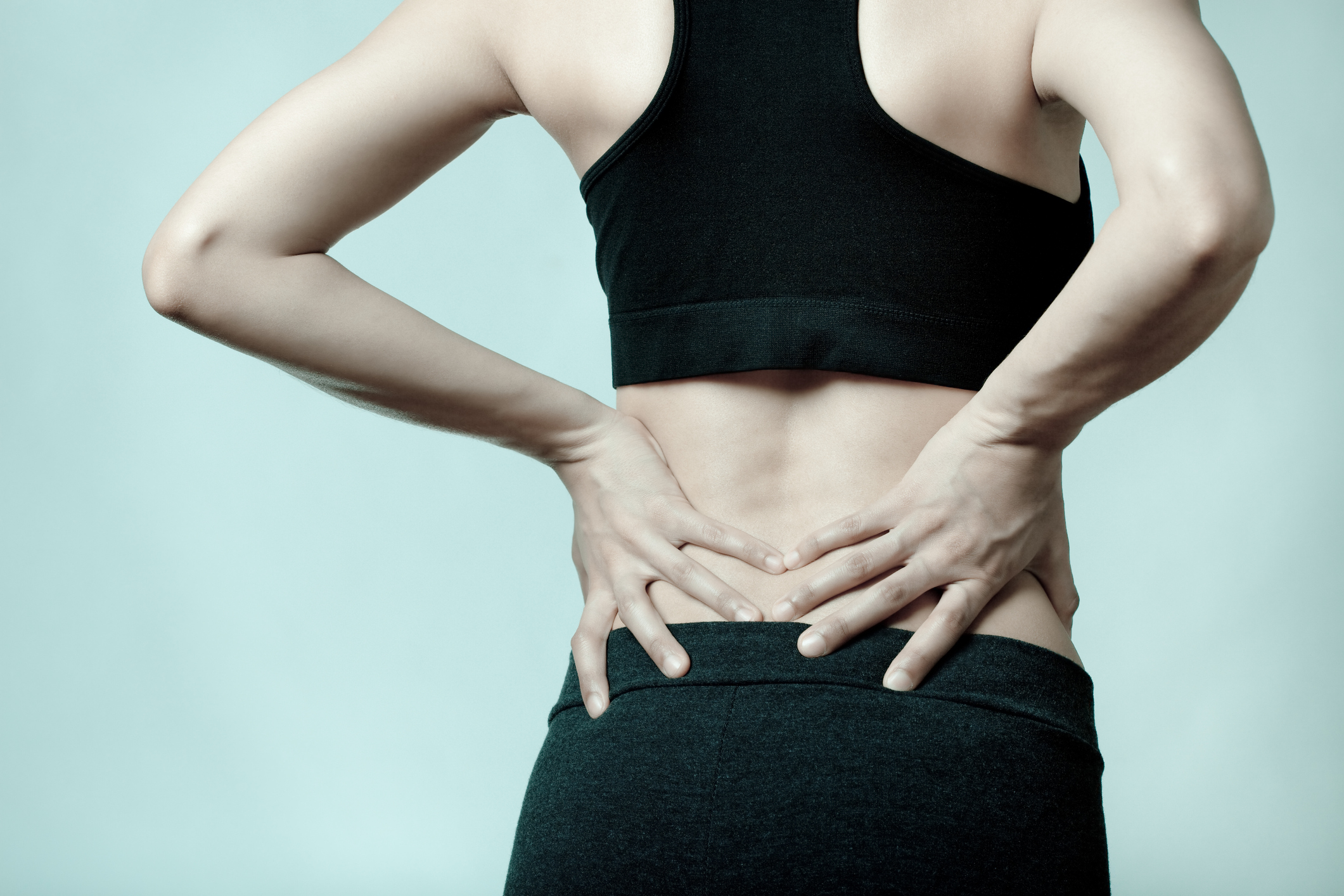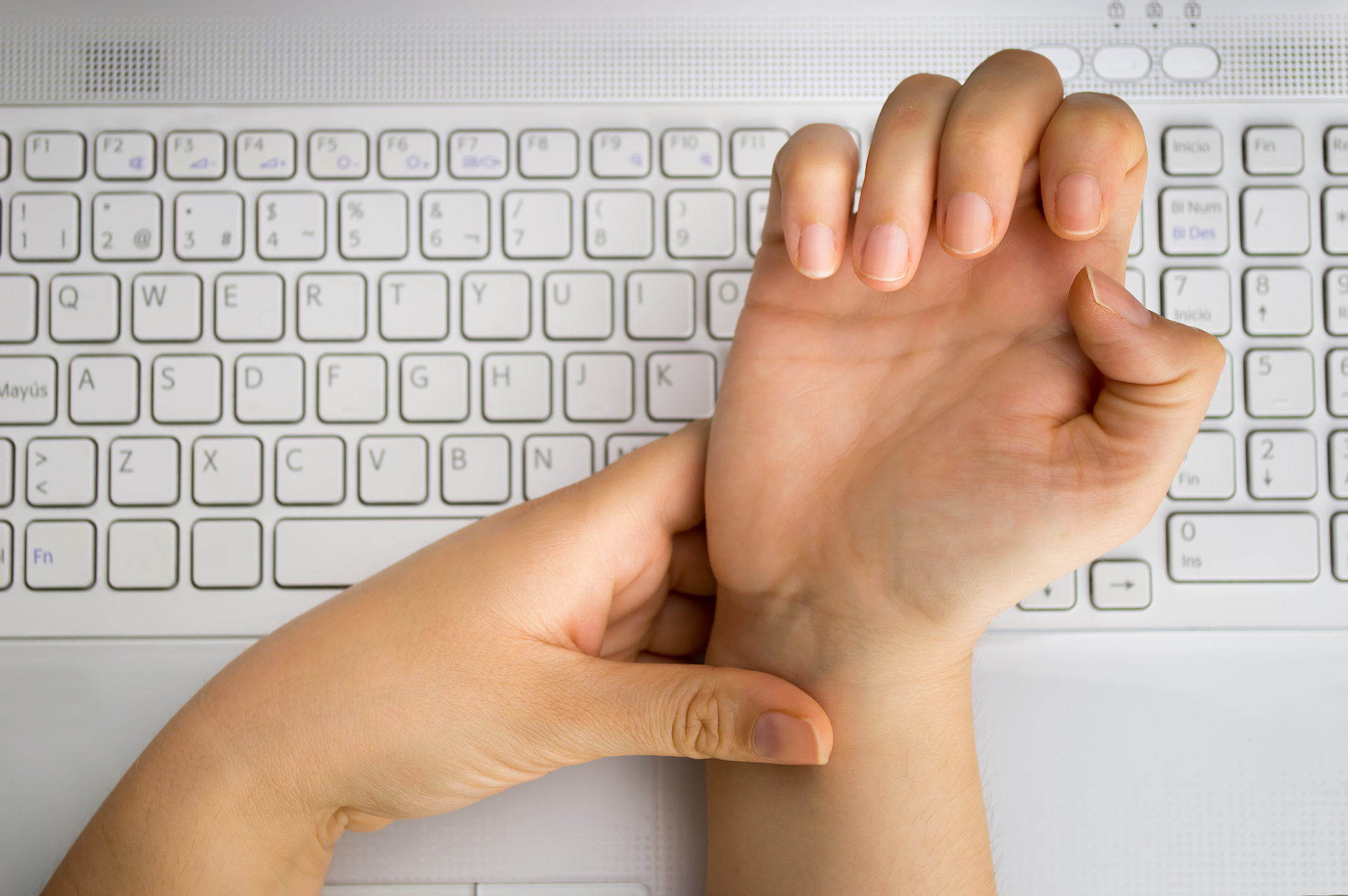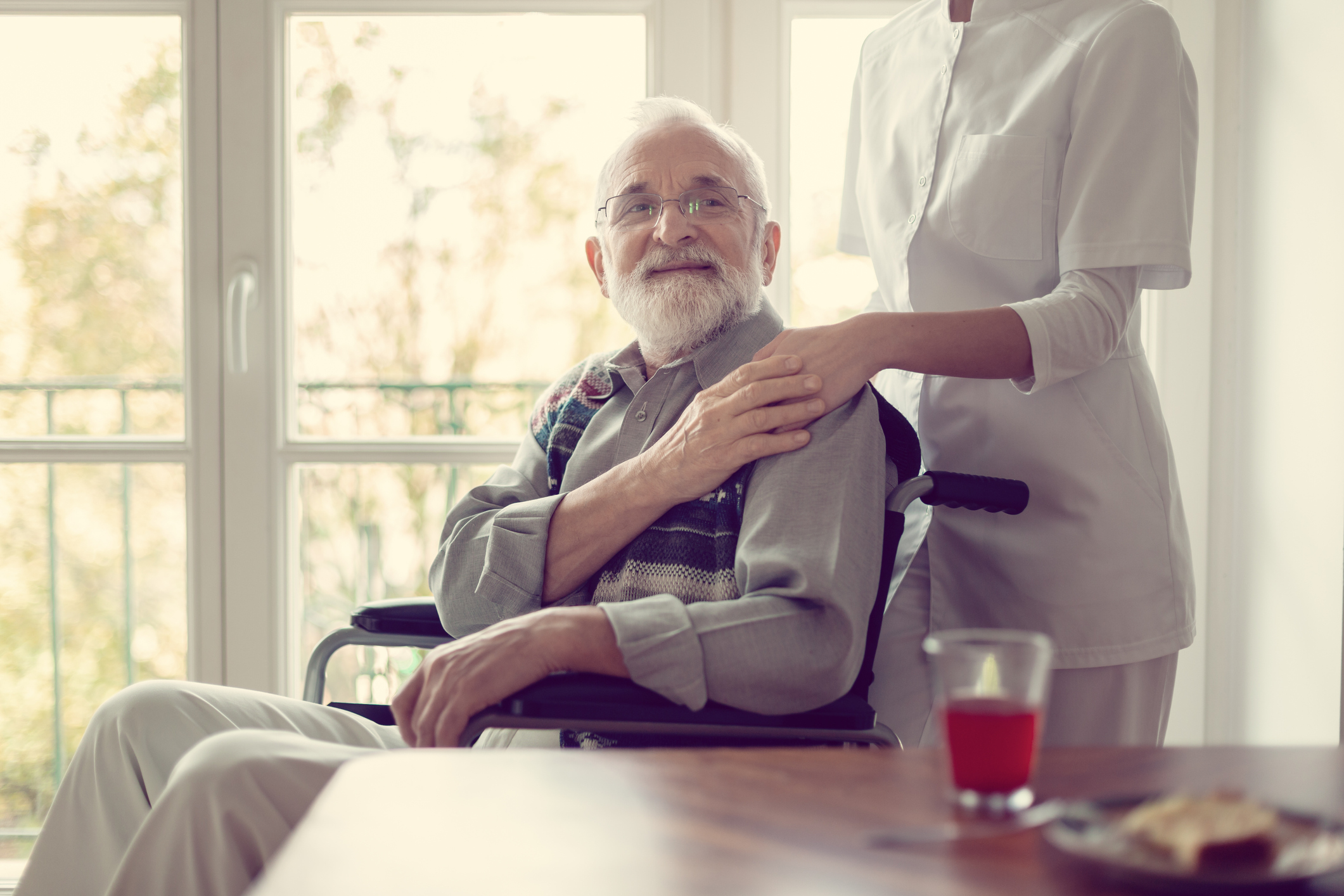OVERVIEW
Low back pain is very common. More than 80 percent of people have at least one episode of low back pain during their lifetime. Although back pain usually does not represent a serious medical problem and most often resolves on its own, it can be frustrating when pain interferes with daily life. Certain factors seem to increase a person’s risk of developing low back pain. These include smoking, obesity, older age, female sex, physically strenuous or sedentary work, job-related stress, job dissatisfaction, and mental health issues such as anxiety or depression.
Low back pain is often categorized as “acute” (lasting four weeks or less), “subacute” (lasting 4 to 12 weeks), or “chronic” (lasting more than 12 weeks). While most episodes of acute pain resolve quickly, some people do go on to have longer-term pain.
Back pain in children and adolescents is discussed separately. (See “Patient education: Back pain in children and adolescents (Beyond the Basics)”.)
CAUSES
Most of the time there is no specific cause, but, rarely, pain can be related to a disease or disorder.
Nonspecific back pain — Most people (more than 85 percent) have what doctors call “nonspecific” low back pain, which means that the pain is not clearly caused by a specific disease, abnormality, or serious injury of the spine. People sometimes refer to “throwing out” their back, meaning they had sudden-onset pain following physical activity (such as lifting a heavy object, shoveling, or bending).
Serious potential causes — Rarely, back pain is caused by a potentially serious spinal condition, such as an infection, tumor, or a disorder called “cauda equina syndrome,” which causes leg weakness and bowel or bladder dysfunction as well as back pain. Other potential causes include vertebral (spinal) compression fractures, in which one or more vertebrae become fractured as a result of weakening and thinning of the bones due to osteoporosis.
Less serious potential causes — Sometimes, low back pain is caused by specific, less serious conditions, including physical changes due to normal aging. Some of these causes are discussed below.
Degenerative disc disease — Over time, normal wear and tear can lead to degenerative disc “disease” (breakdown of the spinal discs), with the development of small cracks and tears and/or loss of fluid in the discs. This can lead to changes in the neighboring spinal vertebrae, including the formation of bone spurs (areas of bony overgrowth). Calling this condition a “disease” is somewhat misleading because these changes occur with normal aging. While the changes in the discs can cause back pain, there are many older people with degenerative disc disease who have no symptoms.
Bulging and herniated discs — Too much wear and tear on spinal discs can lead to the bulging of a disc, in which the outer covering is weakened and the disc protrudes. Many people have bulging discs seen on imaging tests (computed tomography [CT] scan and magnetic resonance imaging [MRI]) but do not have back pain. However, some people may develop sciatica (pain that extends down the back of the leg) if the bulging disc presses on a nerve.
Osteoarthritis — Osteoarthritis can affect the joints that connect the vertebrae to one another, called the facet joints. This condition, known as facet joint arthropathy, can lead to bone spurs around the joint and may cause low back pain. However, like degenerative disc disease, facet joint arthropathy is very common with aging and many people with this condition have no symptoms.
Spondylolisthesis — Spondylolisthesis is a condition in which one of the vertebrae of the lower spine “slips” forward in relation to another. Spondylolisthesis is usually caused by stress on the joints of the lower back and may be associated with facet joint arthropathy. Although this condition can cause low back pain and sciatica, it may cause no symptoms at all.
Lumbar spinal stenosis — Spinal stenosis is a condition in which the vertebral canal (the open space inside the vertebrae) is narrowed. This is often caused by bone spurs, which can occur in older people with osteoarthritis (see ‘Osteoarthritis’ above). Some people with spinal stenosis have no symptoms, while others experience pain in the lower legs with walking; this is known as neurogenic claudication. (See ‘Neurogenic claudication’ below.)
Ankylosing spondylitis — In younger people, low back pain may be associated with an inflammatory condition called ankylosing spondylitis. People with this condition often have back stiffness in the morning and pain that improves with activity. (See “Patient education: Axial spondyloarthritis, including ankylosing spondylitis (Beyond the Basics)”.)
Occupational back pain — Sometimes back pain is related to occupational factors. These can include poor posture while sitting or standing at work, sitting or standing for long periods of time, driving long distances, improper lifting techniques, frequent lifting, and lifting excessively heavy loads. Low back pain is as common among workers who sit for prolonged periods as in people whose jobs require heavy lifting.
ACUTE LOW BACK PAIN TREATMENT
Unless acute low back pain is caused by a serious medical condition (which is uncommon), it typically resolves fairly quickly, even if there is a bulging or herniated disc. Below are some simple things you can do that may help relieve your pain.
Remaining active — Many people are afraid that they will hurt their back further or delay recovery by remaining active. However, remaining active, to the extent that you are able, is one of the best things you can do for your back.
Heat — Using a heating pad or heated wrap can help with low back pain during the first few weeks. It is not clear if cold helps as well, but some people may find that it relieves pain temporarily.
Modifications at work — Most experts recommend that people with low back pain continue to work so long as it is possible to avoid prolonged standing or sitting and heavy lifting.
Pain medications — You can try taking an over-the-counter medication to help relieve pain. If you do take pain medication, it may be more effective to take a dose on a regular basis for three to five days, rather than using the medication only when your pain becomes unbearable. (See “Patient education: Nonsteroidal antiinflammatory drugs (NSAIDs) (Beyond the Basics)”.)
Muscle relaxants (eg, cyclobenzaprine [brand name: Flexeril]) are prescription medications; while these may help relieve back pain, they can cause drowsiness and are probably no better than ibuprofen in relieving pain.
Exercise — Starting a new exercise program immediately after a new episode of low back pain will not speed recovery from the acute episode. However, there is evidence that exercise is beneficial in people with chronic back pain.
Spinal manipulation — “Spinal manipulation” is a technique sometimes used by chiropractors, physical therapists, osteopaths, massage therapists, and others to relieve back pain. It involves moving the joints of the spine beyond the normal range of motion.
Acupuncture — Acupuncture involves inserting very fine needles into specific points, as determined by traditional Chinese maps of the body’s flow of energy. There is not consistent evidence that acupuncture is effective for people with acute low back pain; however, some people find it helpful.
Massage — There is no evidence that massage is effective in treating acute low back pain. However, you may find that it is generally relaxing and helps you feel better temporarily.
Psychological therapy — In some cases, mental health issues can contribute to low back pain. Psychological therapy has mostly been studied in the context of treating longer-term (chronic) back pain; however, it may be beneficial for some people with acute pain as well.
OTHER TREATMENTS
Trigger Point Injections – Some clinicians recommend injections of a local anesthetic (numbing medication) into the soft tissues of the back. The areas targeted by these injections are called “trigger points.”
Corsets and braces – While wearable supportive garments may claim to help relieve or prevent low back pain, these are typically not effective.
Traction – Traction involves the use of weights to realign or pull the spinal column into alignment. Clinical studies have shown no benefit from traction in the treatment of acute back pain.
Switching to a firmer mattress – People often wonder if sleeping on a firmer mattress can help prevent or treat low back pain. Small studies have suggested that using a less firm mattress may actually be more likely to relieve pain; however, there is not enough evidence to support switching to a specific type of sleeping surface for this reason.
Methods involving energy or electricity – Other interventions include ultrasound, interferential therapy, shortwave diathermy, transcutaneous electrical nerve stimulation, and low-level laser therapy, all of which involve applying energy to the skin’s surface. None of these interventions have been proven to be effective, particularly during the first four to six weeks of an episode of back pain.
CHRONIC LOW BACK PAIN TREATMENT
Chronic pain is typically defined as pain lasting 12 weeks or longer. Back pain that lasts between 4 and 12 weeks is called “subacute”. The treatments for subacute and chronic low back pain are similar to those for acute pain. While there is limited evidence for many of these, you may find that a combination of approaches helps.
Self care — This involves being aware of your pain level and modifying your activities as needed without completely restricting movement.
Movement-based therapy — If you have had back pain for more than four to six weeks, or there are signs that your back pain is not improving, your health care provider may recommend working with a physical therapist to develop an individualized exercise program.
Psychological and mind-body therapies — People who have a lot of fear about moving because of their back pain, feel hopeless about improving, have depression or anxiety, or are otherwise having trouble coping with their back pain can benefit from something called cognitive behavioral therapy (CBT).
Short-term symptom relief — While evidence is limited, some people find that one or more of the following approaches help with pain (even if only temporarily): spinal manipulation, acupuncture, massage, pain medications.
Resources:
https://www.uptodate.com/contents/low-back-pain-in-adults-beyond-the-basics
Diabetic Neuropathy
Diabetic neuropathy is a serious and common complication of type 1 and type 2 diabetes. It’s a type of nerve damage caused by long-term high blood sugar levels. The condition usually develops slowly, sometimes over the course of several decades.
Neck Pain
Neck pain can be caused by a number of factors, including muscle or ligament strains, arthritis, or a “pinched” nerve (when a nerve is irritated by something pressing on it).
Lower Back Pain
Low back pain is very common. More than 80 percent of people have at least one episode of low back pain during their lifetime. Although back pain usually does not represent a serious medical problem and most often resolves on its own, it can be frustrating when pain interferes with daily life.
Carpal Tunnel Syndrome
Carpal tunnel syndrome (CTS) occurs when the median nerve, which runs from the forearm into the palm of the hand, becomes pressed or squeezed at the wrist. The carpal tunnel—a narrow, rigid passageway of ligament and bones at the base of the hand—houses the median nerve and the tendons that bend the fingers.
Peripheral Neuropathy
Peripheral neuropathy refers to the many conditions that involve damage to the peripheral nervous system, the vast communication network that sends signals between the central nervous system (the brain and spinal cord) and all other parts of the body.
